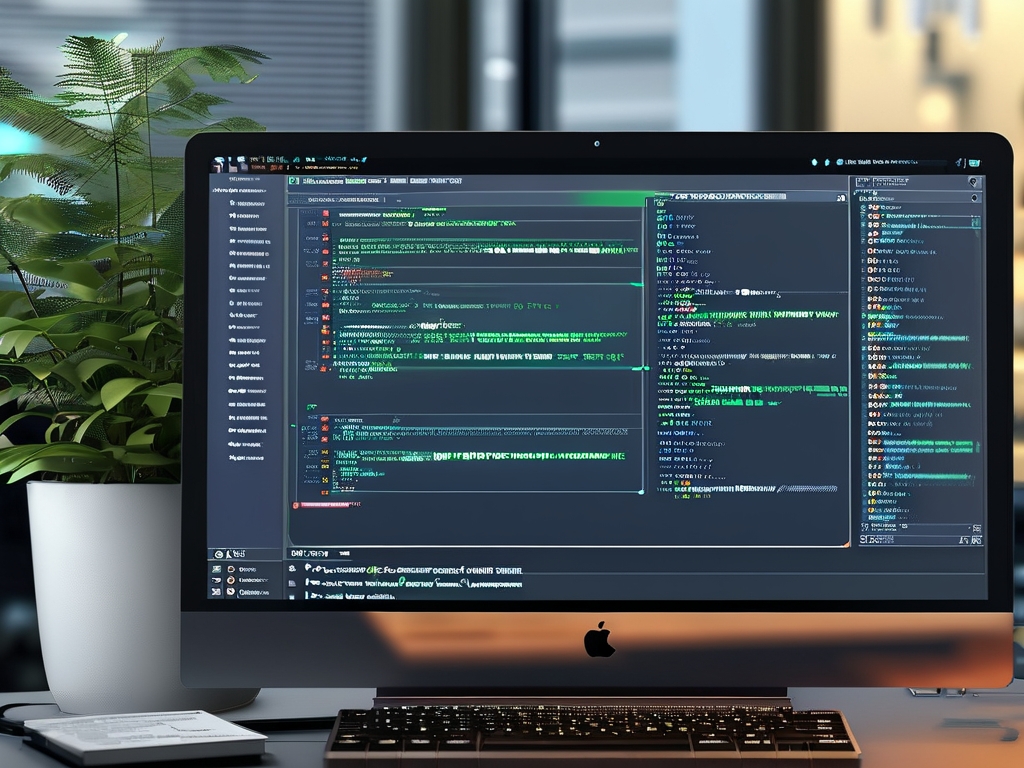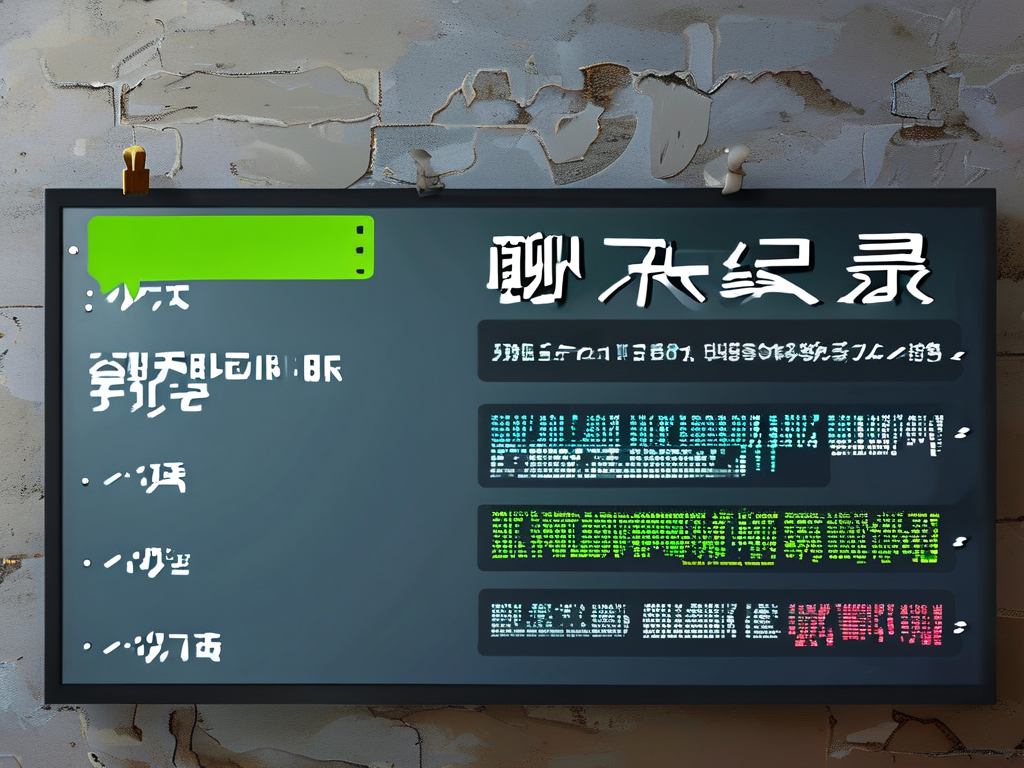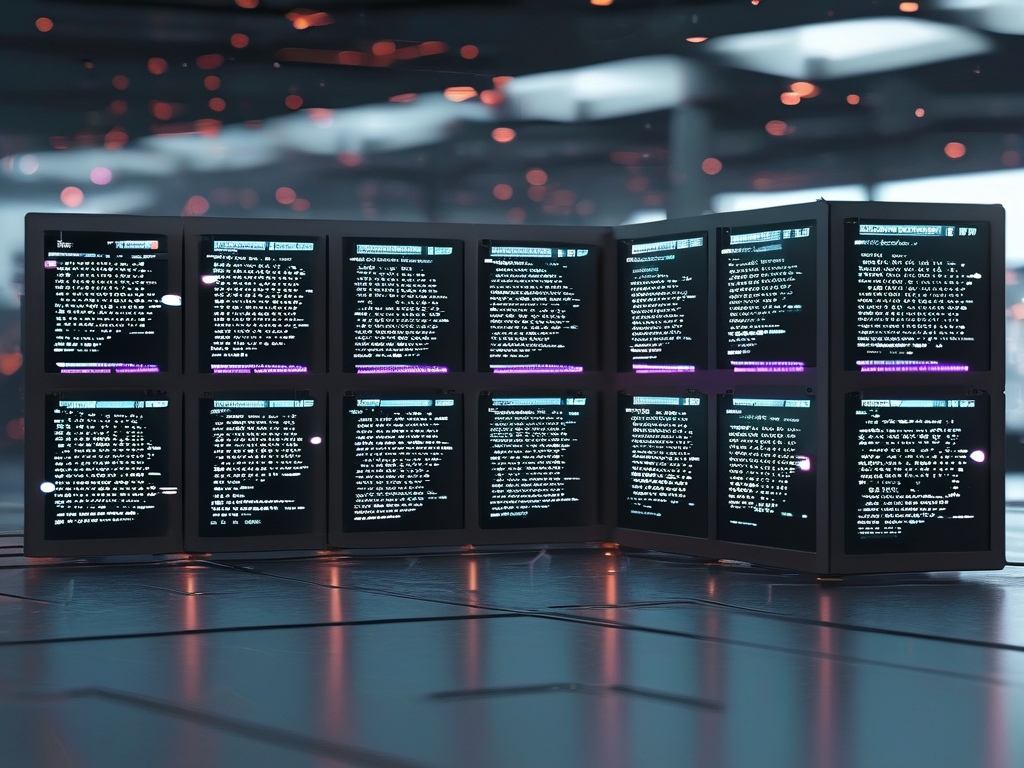As China's railway ticketing backbone system, the 12306 platform exemplifies cutting-edge software engineering and database management practices. Behind its streamlined interface lies a complex ecosystem built to handle peak traffic exceeding 700,000 concurrent requests during holiday seasons. This article explores the technical evolution of this mission-critical system through three key dimensions: distributed architecture design, real-time data synchronization, and AI-driven optimization strategies.
1. Evolutionary Architecture Design
The initial monolithic architecture struggled with scalability during its 2011 launch, causing frequent system crashes. Engineers subsequently adopted a hybrid distributed model combining cloud-native microservices and containerization. Core subsystems like ticket inventory management and payment processing now operate as independent modules deployed across 28 data centers nationwide.
A custom load-balancing algorithm dynamically routes requests using geolocation data:
def route_request(user_location):
nearest_dc = GeoLocator.find_nearest_datacenter(user_location)
if nearest_dc.capacity_utilization < 85%:
return nearest_dc
else:
return TrafficManager.find_optimal_fallback(nearest_dc)
This geographical distribution reduces latency by 62% compared to the legacy system while maintaining 99.99% uptime.

2. Database Sharding & Real-Time Sync
The ticket inventory database employs a three-layer sharding strategy:
- Horizontal partitioning by railway route (Beijing-Shanghai vs Chengdu-Kunming)
- Vertical segmentation separating seat maps from pricing data
- Temporal partitioning for holiday special schedules
Real-time synchronization uses a modified two-phase commit protocol with conflict resolution:

-- Example of cross-shard transaction BEGIN DISTRIBUTED TRANSACTION; UPDATE East_Shard.Seats SET availability = 0 WHERE train_id = 'G123'; UPDATE West_Shard.Payments SET status = 'confirmed' WHERE order_id = 'XYZ789'; COMMIT WITH CONFLICT RESOLUTION (Priority = East_Shard);
This approach maintains <200ms synchronization latency across 18 primary database nodes while handling 12TB of daily transaction data.
3. Machine Learning Enhancements
Predictive algorithms have transformed system performance:
- Ticket demand forecasting (LSTM models with 94% accuracy)
- Dynamic pricing adjustments based on real-time supply-demand ratios
- Fraud detection neural networks analyzing 120+ behavioral parameters
The AI-powered cache preheating system demonstrates particular ingenuity:
public void preloadCache(TrainRoute route) {
DemandPrediction prediction = ModelFactory.getPrediction(route);
if(prediction.getLoadFactor() > 1.8) {
CacheManager.warmUp(route.getSeatMap());
CacheManager.priorityLock(route.getPopularSections());
}
}
This reduces cache-miss penalties by 41% during Spring Festival traffic spikes.
4. Security & Compliance Measures
The platform implements military-grade security protocols:
- Quantum-resistant encryption for payment data
- Behavioral biometric authentication
- Blockchain-based audit trails for all ticket transactions
Database access follows the POLP (Principle of Least Privilege) model with six-tier permission controls. Regular penetration testing identifies vulnerabilities, with the 2023 Q2 report showing 0 critical vulnerabilities in core systems.
Future Roadmap
Emerging technologies under evaluation include:
- Edge computing for station-level ticket verification
- Graph databases for complex travel route optimization
- 5G-powered augmented reality interfaces
The 12306 technical team continues refining their systems, recently achieving 1.4 million tickets per second during the 2024 Lunar New Year stress test - a 220% improvement over 2020 capabilities. This ongoing innovation cycle ensures China's rail ticketing infrastructure remains at the forefront of global transportation technology.






